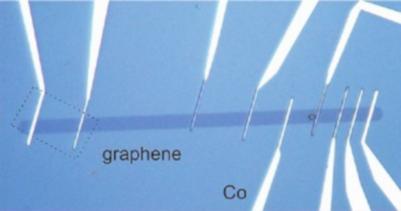Researchers tune the CVD graphene process to achieve the longest spin lifetime ever
Researchers from ICN2 and Imec managed to demonstrate the longest spin lifetime and relaxation length ever seen in a graphene sheet.

The researchers used CVD graphene, grown on a platinum foil. By optimizing several standard processes, the researchers managed to reduce the impurity level of the graphene.